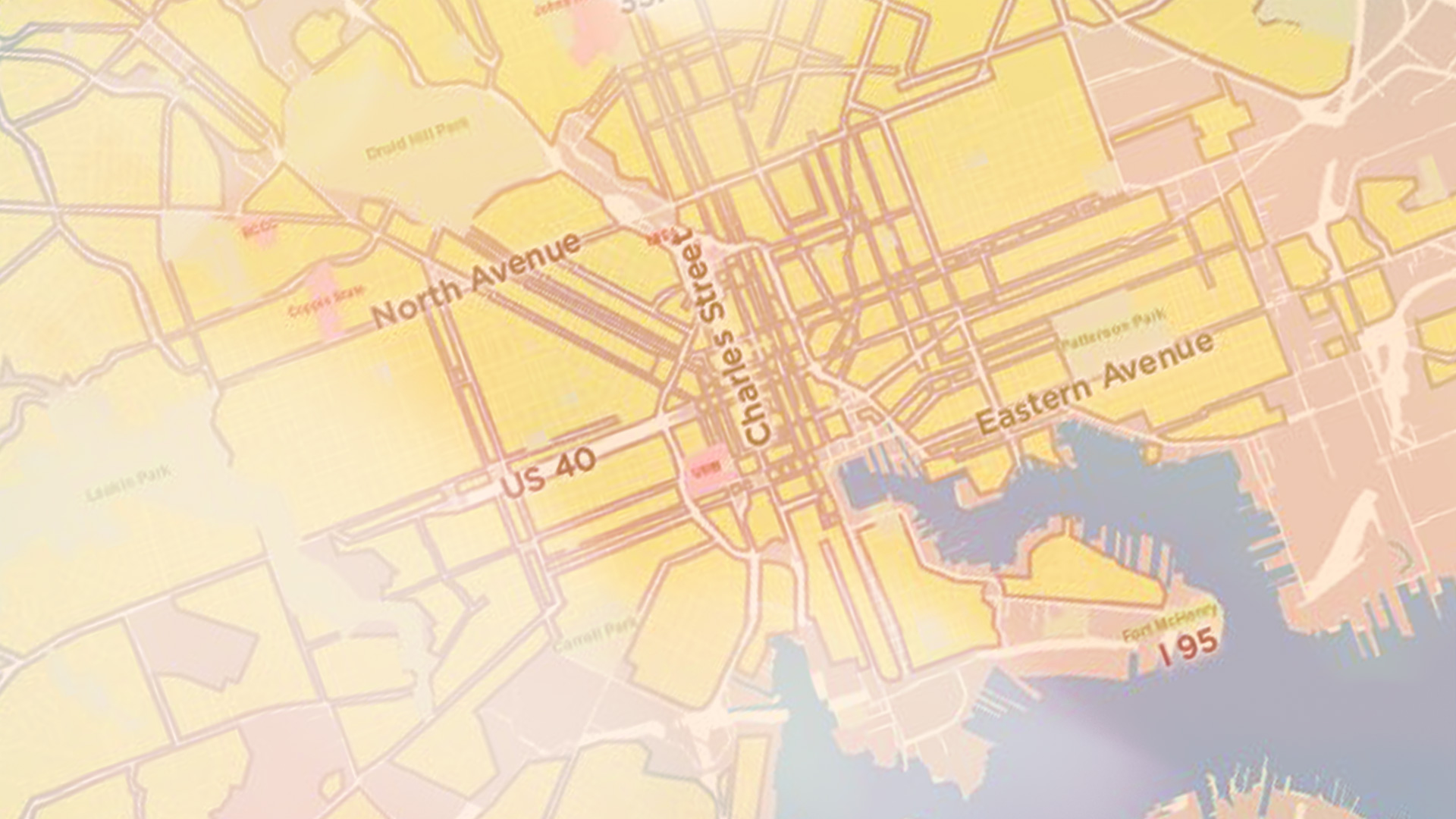Challenge
With long-range transportation plans now including connected and automated vehicles (CAVs), transportation agencies across the country want to understand the impact they’ll have on future infrastructure and capacity needs.
Solution
Kittelson is leading the research and development of capacity adjustment factors for CAVs for the next update of the Highway Capacity Manual. This research is sponsored by a pooled fund study led by the Oregon Department of Transportation, funded by 14 total state DOTs, and guided by a Technical Advisory Committee of state Department of Transportation representatives.
Our new microsimulation models simulate different CAV operational characteristics and different levels of market penetration. We are using an agent-based scenario simulation planning framework; in other words, we are creating fully customizable vehicle and driver behavior characteristics for CAVs and non-CAVs.
Our work will inform scenario planning models to better predict the future capacity and infrastructure needs during the transitional, mixed-fleet period and a future, fully CAV fleet.
The Outcome
Putting Connected and Automated Vehicles in the Highway Capacity Manual
The research will provide planning-level guidance for the capacity impacts of CAVs as a function of market penetration and the “aggressiveness” of the vehicles. The results of the study are intended to help states in planning for CAVs and guiding investment decisions.



